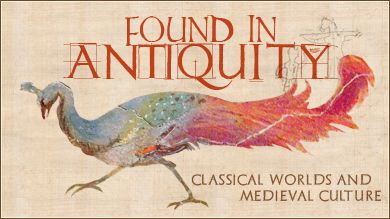Post by RielCZ on May 2, 2014 20:16:12 GMT -5
Well OK, before I get the naysayers against me I should probably start by saying it's not a symphony*; rather, it's an orchestral piece that could be considered a movement of a symphony.
Anyway, I've been working on the piece on and off (mostly off, heh) since before Christmas; it features a full orchestra (well, the smallest orchestral ensemble still considered an orchestra) playing 257 measures for 5 minutes and 41 seconds. It is written in rough Sonata-Allegro form.*
Anyway, perhaps this is where the you people can come in! I was thinking of entering this piece in a local composition contest, the deadline of which is in ten days. Eep. Anyway, perhaps you could listen to it; review it if you wanted to. What you like or don't like, so I can maybe make last-minute revisions.
I was thinking of entering this piece in a local composition contest, the deadline of which is in ten days. Eep. Anyway, perhaps you could listen to it; review it if you wanted to. What you like or don't like, so I can maybe make last-minute revisions.
Soliving up to my 3rd most musically inclined Superlatives win, thanks you guys! the link to the piece is found below.
pentagonia.freeyellow.com/Rielspage/comp/Orch1.mp3
Thanks everyone!
A symphony is traditionally in 4 movements, with the first movement exciting and in Sonata-Allegro form; the second usually slower; the third in 3/4 (either a minuet and trio or scherzo and trio); and the fourth practically whatever, as long as it goes out in a bang, heh.
Anyway, I've been working on the piece on and off (mostly off, heh) since before Christmas; it features a full orchestra (well, the smallest orchestral ensemble still considered an orchestra) playing 257 measures for 5 minutes and 41 seconds. It is written in rough Sonata-Allegro form.*
Sonata-Allegro Form: a more advanced ternary (ABA) form.
Starts with the exposition section, in which usually two themes are stated. It is usually repeated, and ends in the fifth of the key.
It then goes into the development section, where one (or sometimes both) theme(s) is played around with; modulated, sent through different styles or rhythms, etc.
And then the recapitulation, when the theme(s) come back!
Some also feature a coda, which is sort of one last new passage leading to the end.
Starts with the exposition section, in which usually two themes are stated. It is usually repeated, and ends in the fifth of the key.
It then goes into the development section, where one (or sometimes both) theme(s) is played around with; modulated, sent through different styles or rhythms, etc.
And then the recapitulation, when the theme(s) come back!
Some also feature a coda, which is sort of one last new passage leading to the end.
Anyway, perhaps this is where the you people can come in!
 I was thinking of entering this piece in a local composition contest, the deadline of which is in ten days. Eep. Anyway, perhaps you could listen to it; review it if you wanted to. What you like or don't like, so I can maybe make last-minute revisions.
I was thinking of entering this piece in a local composition contest, the deadline of which is in ten days. Eep. Anyway, perhaps you could listen to it; review it if you wanted to. What you like or don't like, so I can maybe make last-minute revisions. So
pentagonia.freeyellow.com/Rielspage/comp/Orch1.mp3
Thanks everyone!







